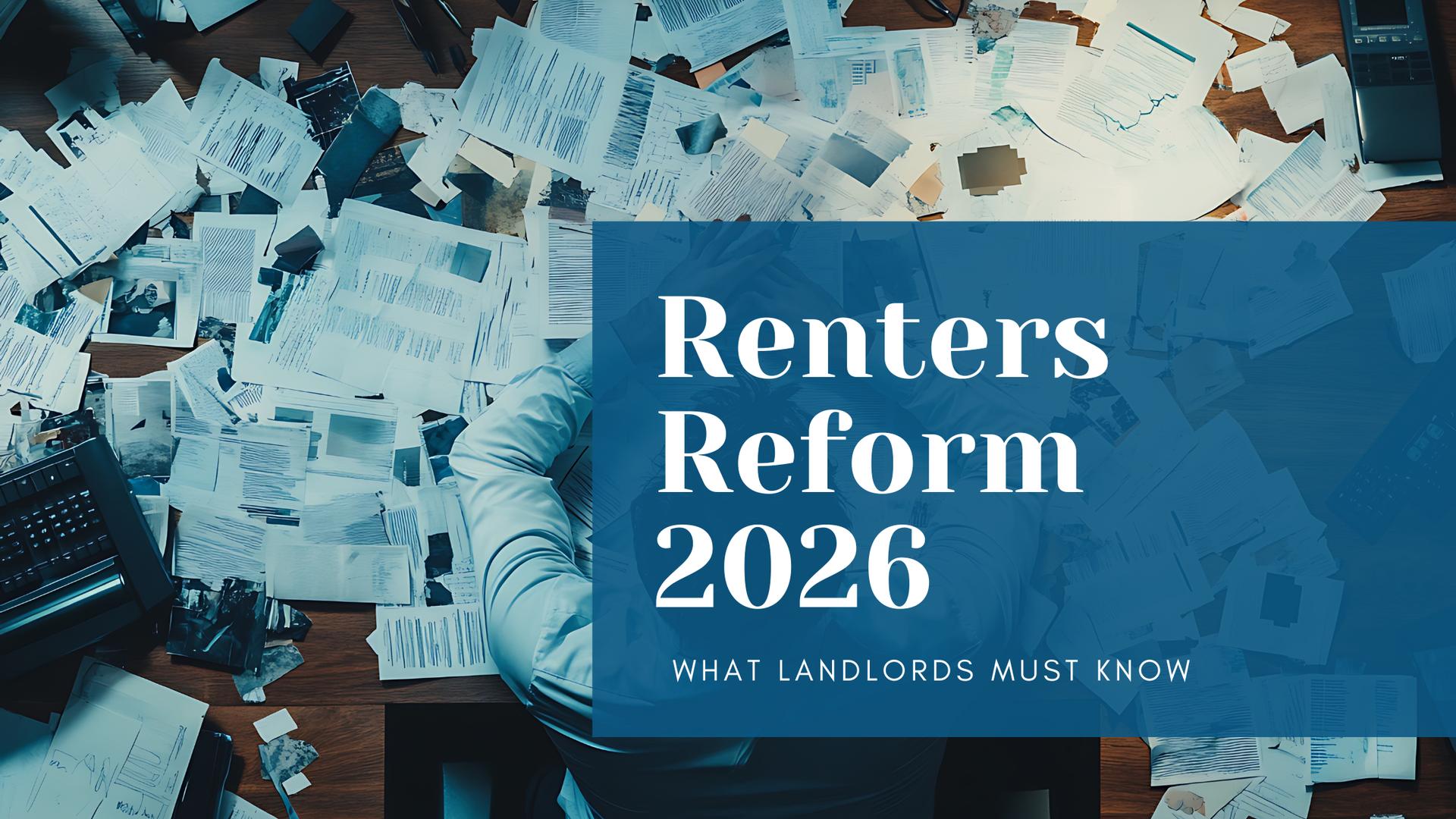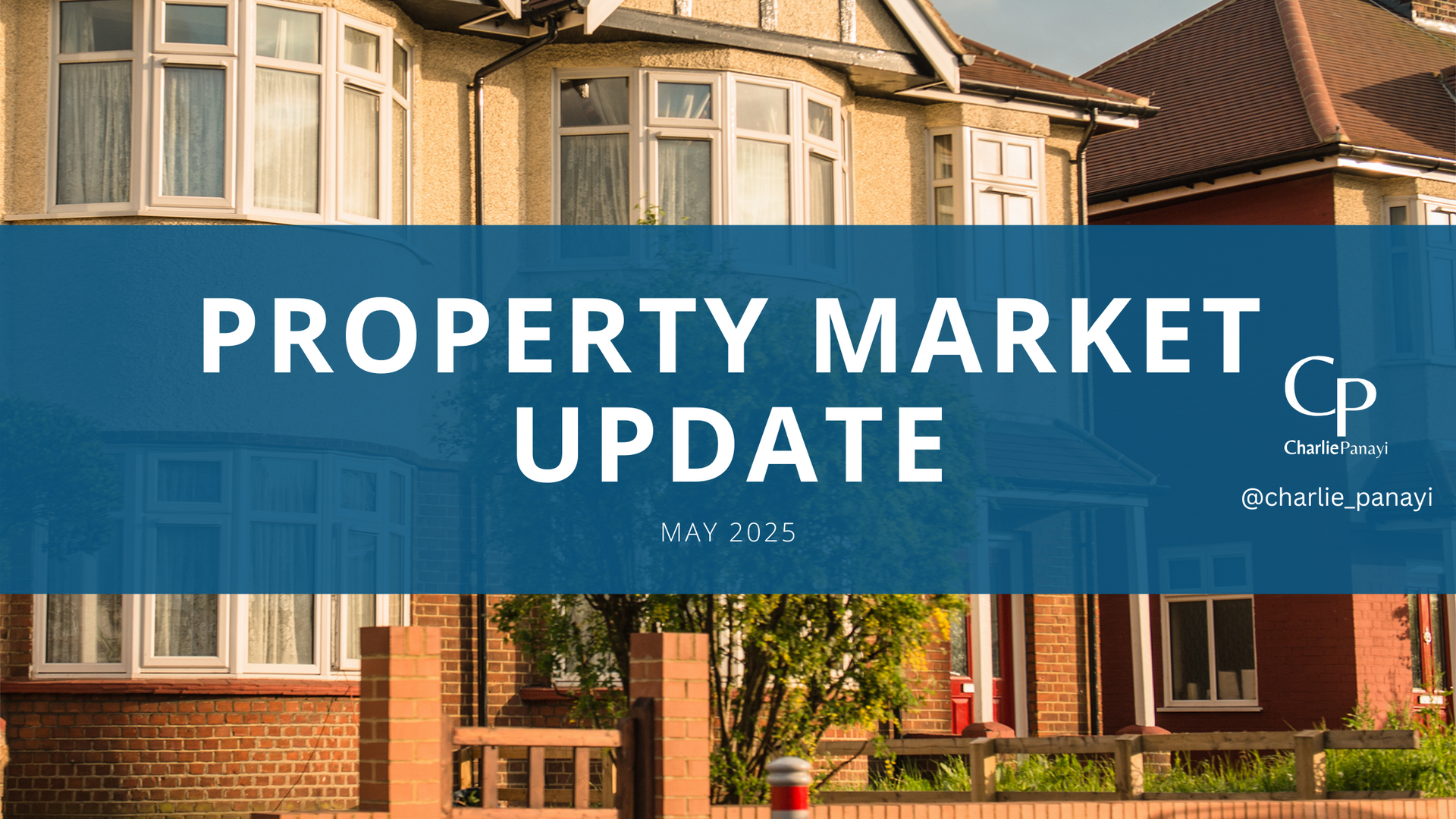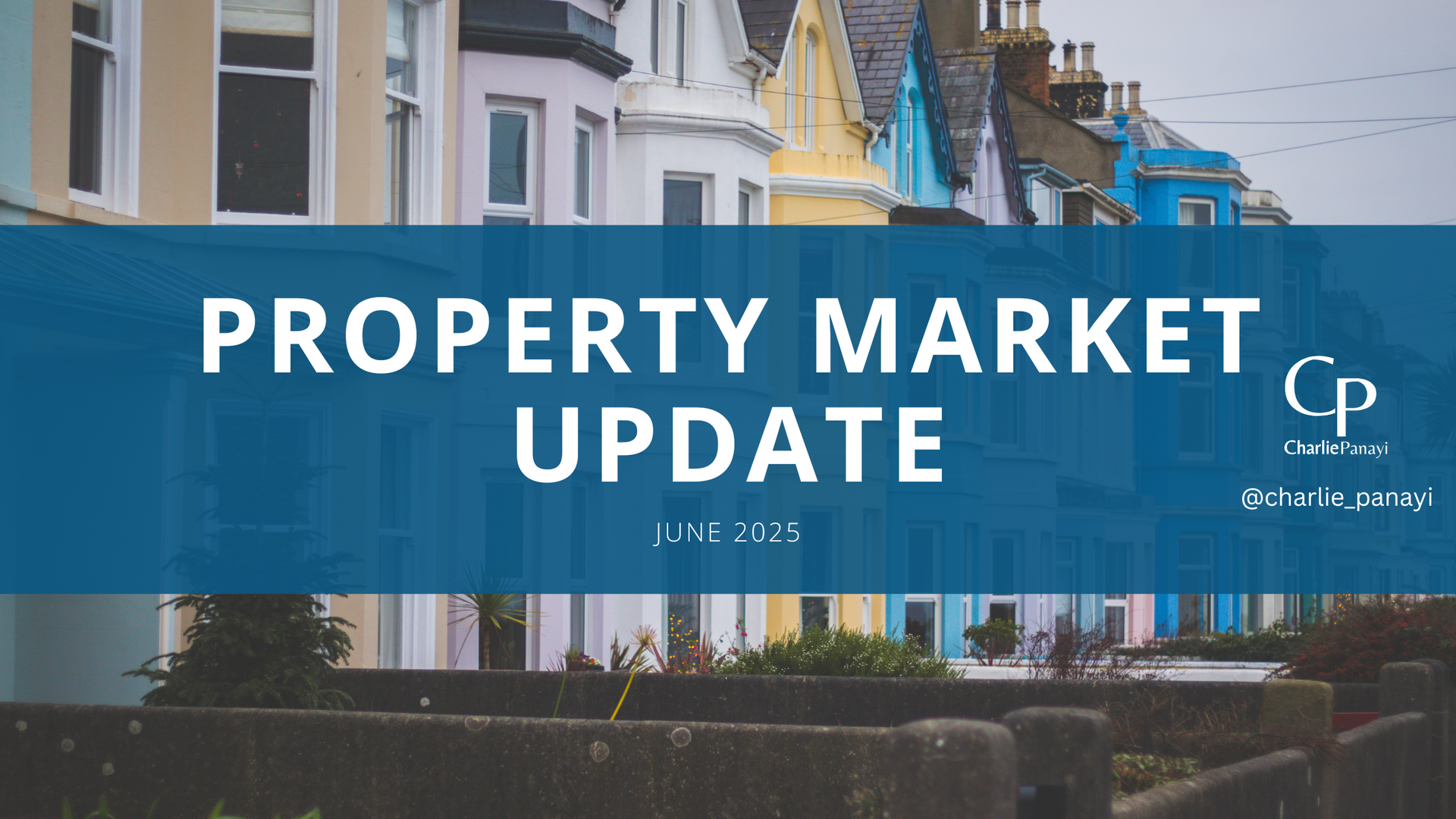The Renters’ Reform Bill is effectively a shake-up of the private rented sector, the biggest in over three decades. There are reforms throughout the sector outlined by the current government, which main aim is to re-set the landlord/tenant relationship.
However, this was initially meant to commence from May 2023, based on the publication of its policy paper in June 2022, the proposals are still not passed into law. So what does this all mean to both tenants and landlords throughout the country?
Summary
Measures published in the initial white paper:
- Ending rent hikes and giving tenants a channel for rent recuperation if the standard of a home is deemed “non-decent”
- Outlawing blanket bands on renting to families on benefits or those with children
- Tenants to have the right to request a pet in their home, which the landlord cannot unreasonably refuse
- Tenancies moving to a periodic tenancy system, which would spell the end for assured shorthold tenancies
- Doubling rent increase notice periods from one month to two months and enabling tenants to challenge “unjustifiable” increases
- Introduce a Private Renters’ Ombudsman for settling disputes between landlords and tenants without going to court
- New property portal for landlords to understand and comply with new responsibilities under the reforms
What is the Renters' reform bill is?
In April 2019, the government published its initial response to a consultation period and set out a blueprint that it said would deliver a “fairer, more secure, and higher quality” private rental sector.
In June 2022 a white paper followed, of which Michael Gove dubbed a “New Deal” for 4.4 million households within the care of private landlords.
The Renters’ Reform Bill proposes a number of changes to the private rented sector, especially around relationships between landlords and 4.4 million privately renting tenants.
“Everyone has a right to a decent home. No one should be condemned to live in properties that are inadequately heated, unsafe, or unhealthy” said Michael Gove, Secretary of State for Levelling Up, Housing and Communities. “Yet more than 2.8 million of our fellow citizens are paying to live in homes that are not fit for the 21st century. Tackling this is critical to our mission to level up the country.”
According to government figures, 21% of private renters live in unfit homes, therefore it is important to remember the majority are offered a fit-for-purpose home and relationship. In order to address this, the “white paper” will extend the Decent Homes Standard (guidance for setting the minimum standards that social homes are required to meet) – to the private sector.
This alone is a huge overhaul of the current standards, meaning all private rented homes have to adhere to the health and safety standards, effectively keeping properties in a "good state of repair".
The most notable for private landlords would be the removal of section 21 evictions, which the government deem a 'no fault' eviction. Section 21's allow landlords to terminate tenancies without any reasoning on the part of the tenant.
Government figures released last year showed the number of households living in privately rented homes in England who were evicted by bailiffs as a result of Section 21 proceedings had increased by 143% year on year, from 792 households between October and December 2021 to 1,924 households between October and December 2022.
What does it mean for landlords?
The Renters' Reform Bill will impact landlords in many ways. There is an estimated 2.3 million private landlords in England, which the government says will receive greater clarity and support through the introduction of these new measures, however the reality is - there will be changes that could cost in many ways also.
The aim is that the Private Renters' Ombudsman will enable faster and more cost-effective way for landlords to settle disputes, rather than it going through the traditional court channels. This on the face of it seems the best point of the proposed white paper for landlords. This also means the new measures would likely help landlords gain possession of their properties in a far more efficient manner than previously.
There was a point of which a 'Housing Court' was suggested, this has been put aside indefinitely, with the severe backlog of court possession orders in action.
All tenancies will become 'periodic' only, whether this has any benefits towards landlords is open to debate, though it may well make things more efficient. My view is it is a one sided solution, tenants can issue notice to the landlord the minute after they move in for the following month, meaning all the costs involved to renting the property out for the landlord could be wasted. Whereas landlords must wait 6 months to issue any form of notice.
The most divisive issue in this change is the 'section 21 evictions'. You could look at it as the new grounds for eviction gives landlords options to end the tenancy if they want to sell or move back into the property. On the flip side tenants can issue two months notice at any point (as referred to above) with two months' notice from when they move in, causing landlords to be in a powerless position in terms of long-term occupancy and security.
My main cause for concern with all of this would be, there will be fewer homes available to rent, due to it potentially pushing landlords out of the market. Less properties to rent causes a housing crisis for tenants (already there so will just worsen). The bill doesn't give enough protection to landlords and agents, it's as simple as that, making it less appealing to become a landlord. Or increasing rent prices to make it 'worth their while', again pushing affordability difficulties for tenants.
All in all the dissolution of section 21 notices will give landlords less of an ability to regain control of properties under reasonable circumstances.
My main concern with this bill is, it will push landlords to 'sell up', this will cause even further housing problems for tenants and
will not solve the issues in place. This is based on extensive research along landlords, agents and personal experience in the industry. It effectively is creating even further risk for both landlords and agents, in an already difficult market. Research shows that around 19% of landlords sold over the past 3 years already, the highest average in the last 20 years. All of the above will increase rental prices dramatically.
The knock-on effect will see local authorities under further pressure (already unmanageable), to help households secure affordable homes, which simply will not be possible.
Another element to consider is that landlords can only increase rents once a year with two month's notice, this in my opinion is fair and gives tenants time to consider options with a longer notice period (used to be 1 month), and if deemed unreasonable they will be able to challenge the proposed rent increase.
A final point would be normal referencing remains in terms of credit & affordability checks, however landlords will no longer be able to impose a blanket ban on families with children or on housing benefit. You will also not be able to reject a family having a pet, though if a reasonable reason you can refuse.
When/is it happening?
This was meant to have been in place from May 2023, however it is still yet to formalise. The first reading was carried out and is awaiting the second reading to move forward to become the new PRS law.
There is a short window of opportunity now for the second reading, before the King's speech outlining Parliament's agenda for the coming year on November 7th.
Therefore in reality if this doesn't have it's second reading by the end of September, I believe it is extremely unlikely now to become law until after the next general election.
The reality is, there will be a change at some point, therefore it's important landlords are preparing the below to be best placed for when it eventually does:
- Are your rental prices correct (private landlords not managed by an agent are 19% below market value in the UK)
- Is your property in a fit state to rent, adhering to all legalities
- Do you have the right tenants in there long term










